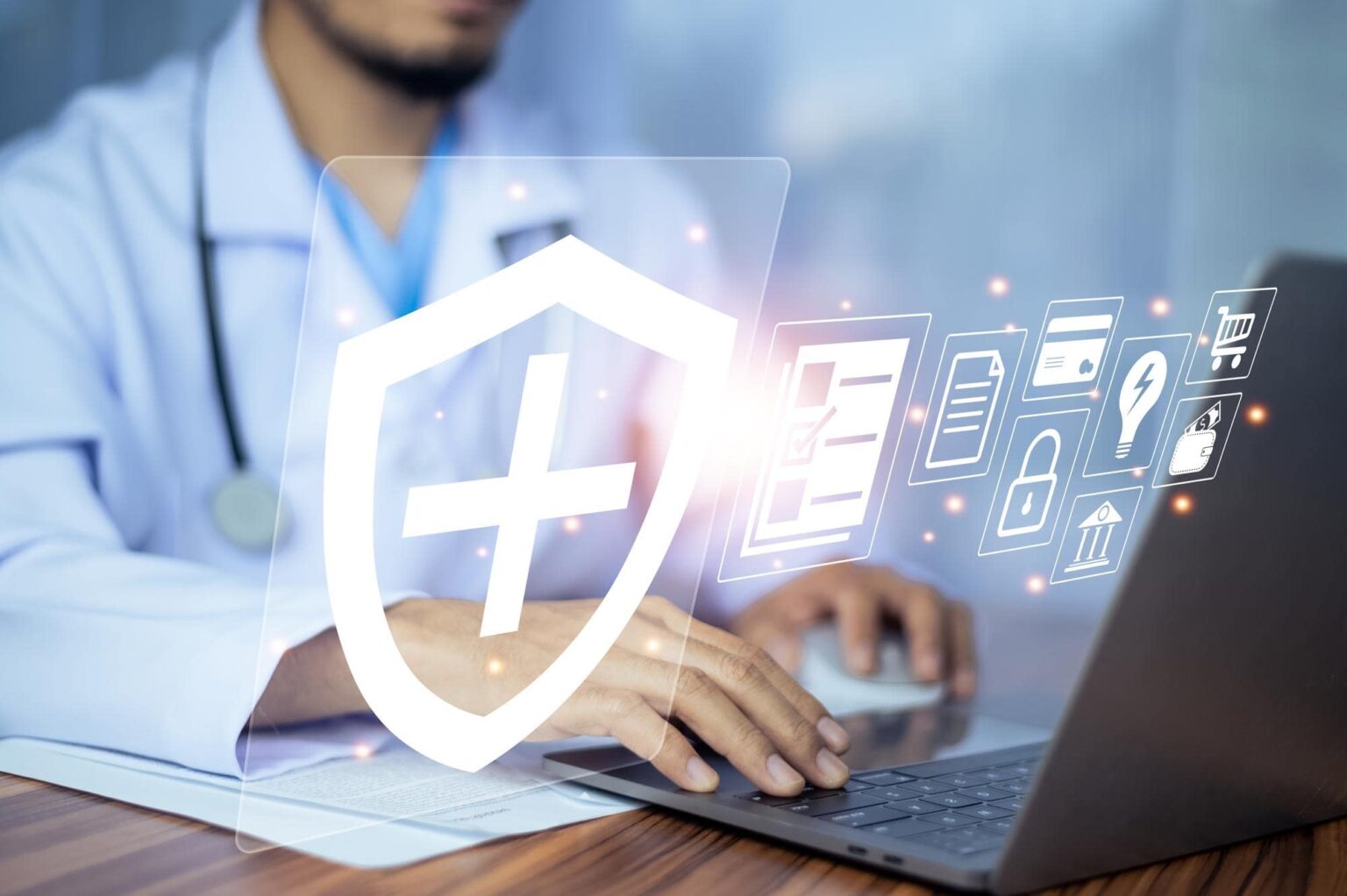Cybersecurity is a critical concern in healthcare, as the industry increasingly relies on digital technologies to store and transmit sensitive patient information and operate interconnected medical devices. Protecting patient privacy and securing medical devices from cyber threats are paramount. Here’s an overview of cybersecurity measures in healthcare:
- Data Encryption: Encryption converts patient data into a coded form that can only be accessed with the correct decryption key. Implementing encryption techniques for data at rest (stored) and in transit (being transmitted) adds a layer of protection against unauthorized access or interception.
- Secure Authentication: Strong authentication methods, such as multi-factor authentication (MFA), should be implemented to ensure that only authorized individuals can access sensitive systems or patient records. MFA typically involves a combination of passwords, biometrics, smart cards, or tokens for user authentication.
- Robust Access Controls: Access controls should be implemented to restrict data and system access to authorized personnel only. This includes role-based access controls (RBAC) that provide appropriate privileges based on users’ roles and responsibilities. Regular access reviews and audits help ensure that access privileges are granted and revoked appropriately.
- Regular Patching and Updates: Healthcare organizations should regularly apply security patches and updates to their software systems, including electronic health record (EHR) systems, medical devices, and network infrastructure. Patching vulnerabilities promptly helps prevent exploitation by cybercriminals.
- Network Segmentation: Segmenting networks into separate zones based on security levels can help contain potential breaches and limit the lateral movement of threats. Critical systems and sensitive data should be isolated within secure network segments, reducing the risk of unauthorized access or data exfiltration.
- Security Awareness Training: Educating healthcare staff about cybersecurity best practices is essential. Training programs should cover topics such as recognizing phishing emails, creating strong passwords, avoiding suspicious links or downloads, and reporting potential security incidents promptly. Staff members should be aware of their role in maintaining a secure environment and protecting patient data.
- Incident Response and Recovery Planning: Establishing an incident response plan helps healthcare organizations respond promptly to security incidents. This includes identifying a designated incident response team, outlining communication procedures, and conducting regular drills to test the effectiveness of the plan. Data backup and recovery mechanisms should be in place to restore operations in case of a breach or system failure.
- Medical Device Security: Medical devices, such as implantable devices, infusion pumps, and diagnostic equipment, should be designed with security in mind. This includes secure device authentication, data encryption, and regular patching. Healthcare organizations should also establish protocols for monitoring and managing the security of medical devices throughout their lifecycle.
- Vendor Management: Healthcare organizations should carefully evaluate and select vendors based on their cybersecurity practices. Contracts with vendors should include provisions for data security, breach notification, and ongoing support and maintenance of systems. Regular security assessments of vendors can help ensure that they meet the required security standards.
- Regulatory Compliance: Healthcare organizations must adhere to relevant data protection and privacy regulations, such as the Health Insurance Portability and Accountability Act (HIPAA) in the United States. Compliance with these regulations helps ensure the protection of patient information and establishes a framework for cybersecurity practices.
Cybersecurity in healthcare is an ongoing effort. Healthcare organizations should stay informed about emerging threats, collaborate with industry partners and government agencies, and continuously evaluate and update their security measures to address evolving cyber risks. By prioritizing cybersecurity, healthcare providers can safeguard patient privacy, protect critical systems and data, and maintain trust in the digital healthcare ecosystem.



